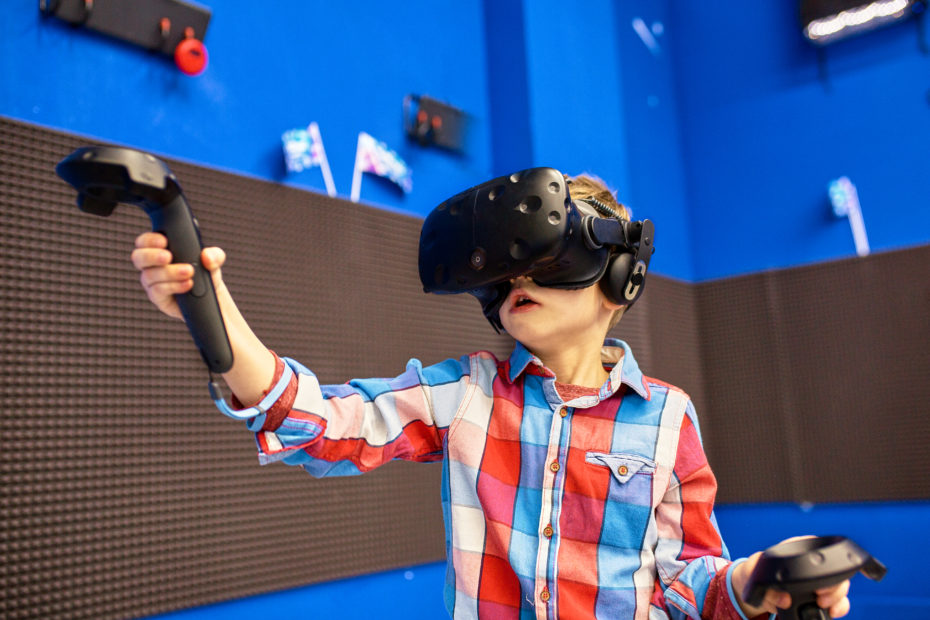The world of video games has come a long way since the simple Pong and Tetris. Now, with technological advances and the increasing capabilities of digital devices, video games have become an immensely rich and diverse platform that can be used for much more than just entertainment. In this post, we will explore how educational video games can foster creativity and innovation in children.
The term “educational video games” can conjure up images of boring, monotonous games designed to learn math or grammar. However, today’s educational video games are much more than that. They are immersive experiences that can help children learn and develop essential skills in a fun and engaging way.
For starters, video games are interactive by nature. This interactivity develops children’s creativity by encouraging them to solve problems and make decisions. In games like Minecraft, for example, players can build their own worlds with virtual blocks, allowing them to express themselves creatively and experiment with different designs and structures. This type of open-ended, creativity-focused gameplay can have a significant impact on the development of creative skills in children.
In addition, many current educational video games are designed to teach children to think critically and solve problems in innovative ways. A great example of this is “Portal”, a series of games, which uses physics-based puzzles to challenge players to think in three dimensions and solve problems in ways they would not have considered in a traditional learning situation. These challenges can help develop children’s innovative thinking and problem-solving skills.
In addition, video games can also foster innovation by providing children with a safe space to experiment and fail. In many video games, players have the freedom to try different strategies and solutions to problems without fear of real-world consequences. This type of “trial and error” environment can encourage children to take risks and try new ideas, which is essential for the development of innovative thinking.
Video games can also strengthen creativity and innovation by allowing children to explore different roles and identities. In games like “The Sims,” for example, players can take on different roles and experiment with different lifestyles. This ability to “try on” different identities can help children develop empathy and better understand others which can, in turn, foster social innovation.
In addition, many modern educational video games are designed with a focus on collaboration and teamwork. Games such as “Roblox” and “Among Us” encourage cooperation between players to achieve common goals. These types of games can help children learn to work together effectively, which is a crucial skill for innovation.
In short, educational video games have the potential to develop creativity and innovation in children in ways that few other media can match. They provide a safe space for experimentation, promote critical thinking and problem-solving, and can help children develop collaborative and empathetic skills. So, the next time your child wants to play a video game, consider the possibility that he or she is engaging in a valuable learning experience.





